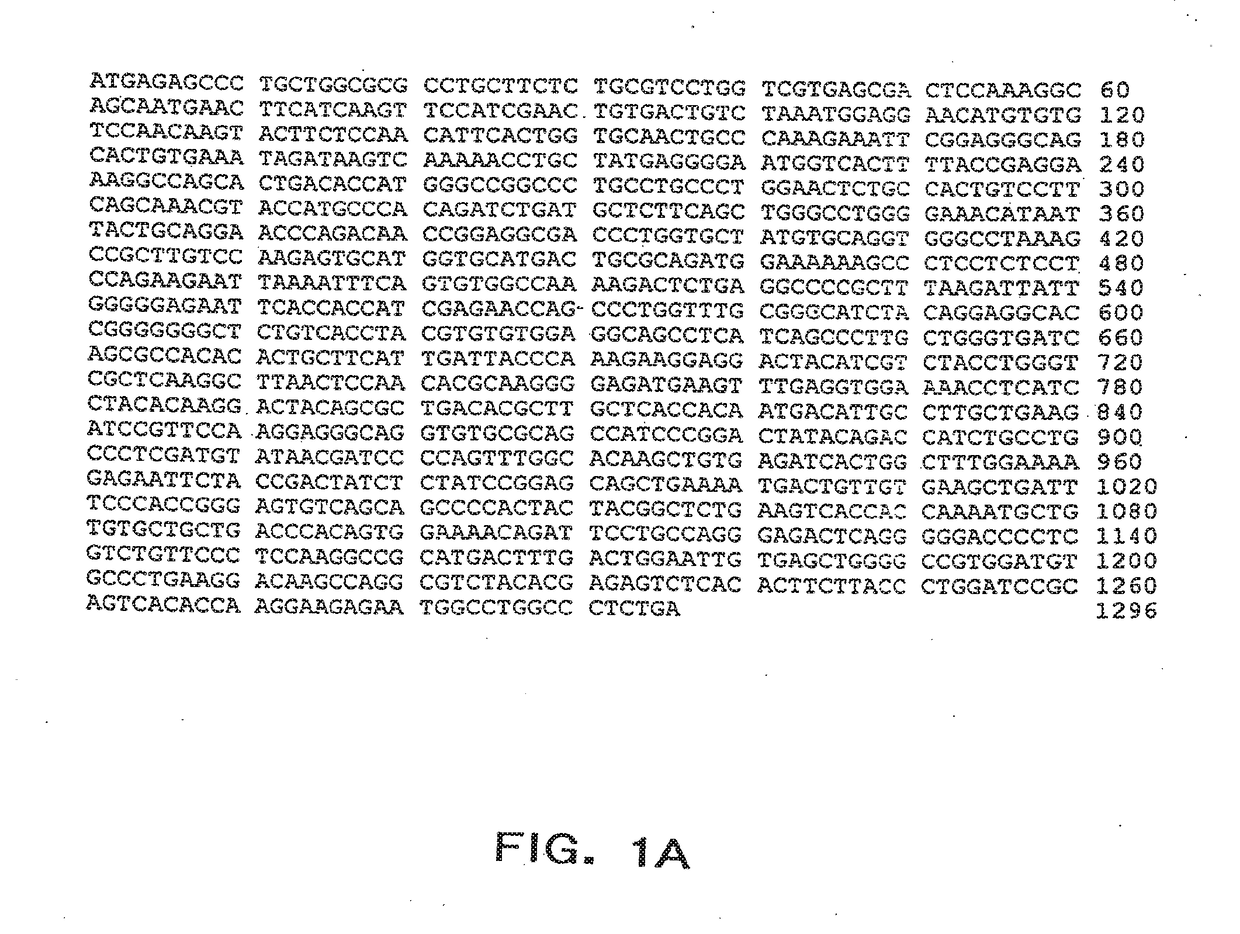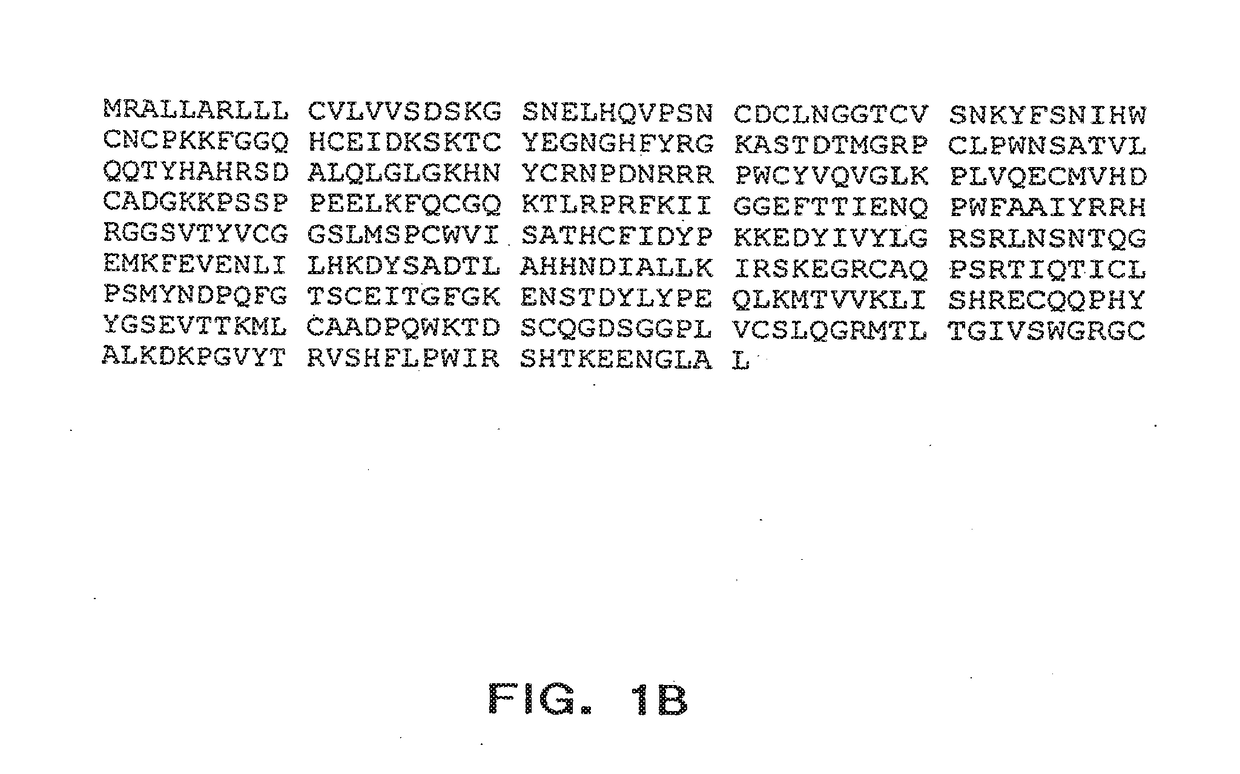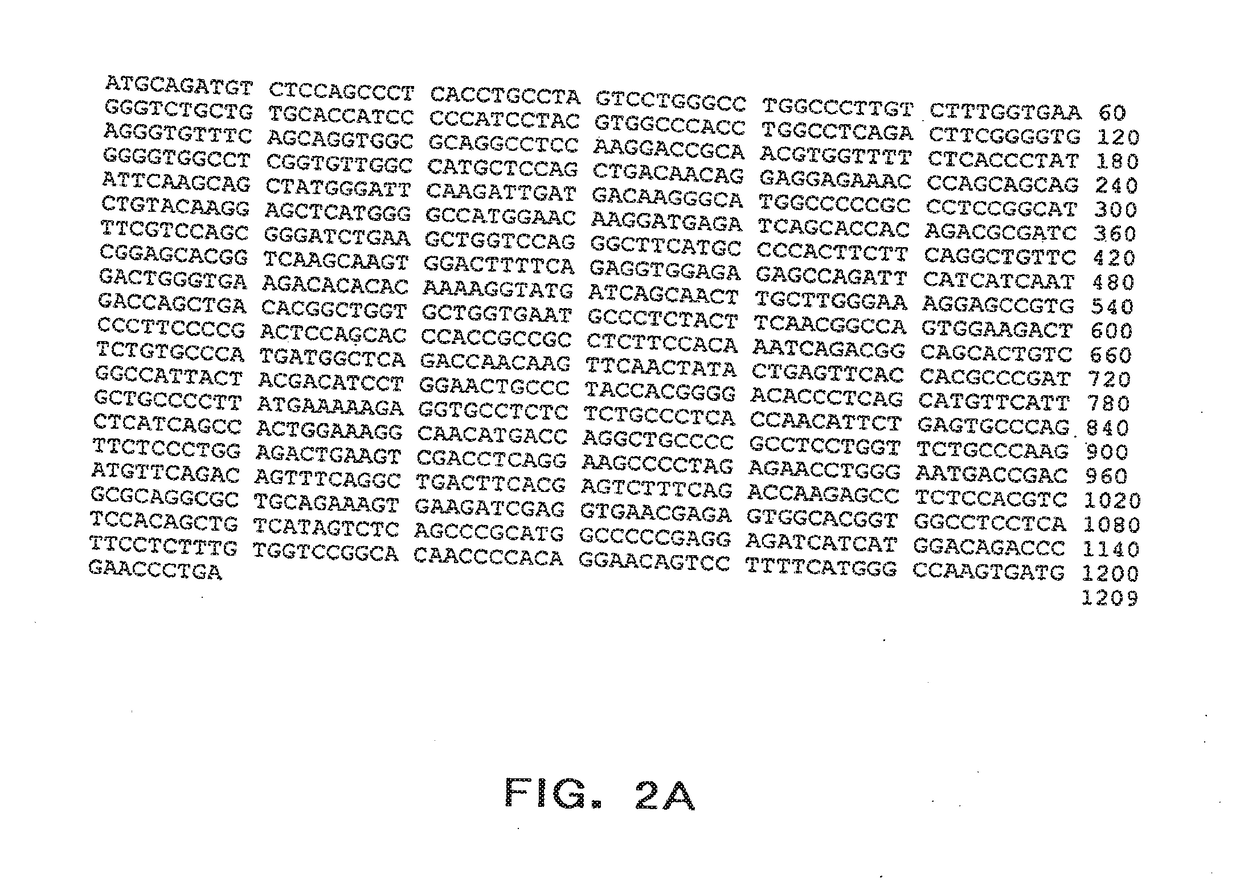Methods for selecting treatment regimens and predicting outcomes in cancer patients
a cancer patient and treatment regimen technology, applied in the field of cancer prognosis, treatment selection, and treatment outcome prediction, can solve the problems of increasing the complexity of determination of optimal treatment of primary breast cancer, poor prognosis accuracy, and inability to accurately predict the outcome of cancer treatment, so as to enhance the disease free survival and improve the effect of survival
- Summary
- Abstract
- Description
- Claims
- Application Information
AI Technical Summary
Benefits of technology
Problems solved by technology
Method used
Image
Examples
Embodiment Construction
[0051]It is the observation of the present inventors that tumor levels of urokinase-type plasminogen activator (uPA) and of its inhibitor plasminogen activator inhibitor type 1 (PAI-1) are predictive factors for outcomes of lymph node-positive and lymph node-negative breast cancer patients. Patients with high levels of uPA and / or PAI-11 in their primary tumors, as defined by set cut-off values of uPA and PAI-1, had statistically significant shorter disease-free survival (DFS), including long-term disease-free survival, and overall survival (OS), including long term overall survival, than patients with low tumor levels for both uPA and PAI-1. In the present invention, the level of uPA and the level of PAI-1 or the levels of mRNA encoding uPA and PAI-1 in a patient are used to evaluate various treatment options, including no treatment, optionally, after removal of tumor tissue, in order to select a treatment regimen that provides benefit to a patient. In one aspect of the invention, t...
PUM
| Property | Measurement | Unit |
|---|---|---|
| follow-up time | aaaaa | aaaaa |
| follow-up time | aaaaa | aaaaa |
| follow-up time | aaaaa | aaaaa |
Abstract
Description
Claims
Application Information
 Login to View More
Login to View More - Generate Ideas
- Intellectual Property
- Life Sciences
- Materials
- Tech Scout
- Unparalleled Data Quality
- Higher Quality Content
- 60% Fewer Hallucinations
Browse by: Latest US Patents, China's latest patents, Technical Efficacy Thesaurus, Application Domain, Technology Topic, Popular Technical Reports.
© 2025 PatSnap. All rights reserved.Legal|Privacy policy|Modern Slavery Act Transparency Statement|Sitemap|About US| Contact US: help@patsnap.com



